Project Overview
Reimagining Urban Agriculture
The Challenge
Urban food production is limited by space constraints while millions of residential yards remain underutilized. Aspiring farmers and gardeners struggle to access land, while homeowners have unused space that could benefit their communities. The disconnect between these groups represents a massive missed opportunity for local food production and community building.
The Solution
Farm Your Yard creates a seamless marketplace that connects homeowners with available yard space to local farmers, gardeners, and food producers. The platform handles everything from initial matching and contract negotiations to ongoing project management and harvest sharing, making micro-farming accessible to everyone.
The Impact
The platform has facilitated over 500 yard partnerships, resulting in 50,000+ pounds of fresh food produced locally. Community engagement has increased dramatically, with 95% user satisfaction and measurable improvements in neighborhood connections and environmental awareness.
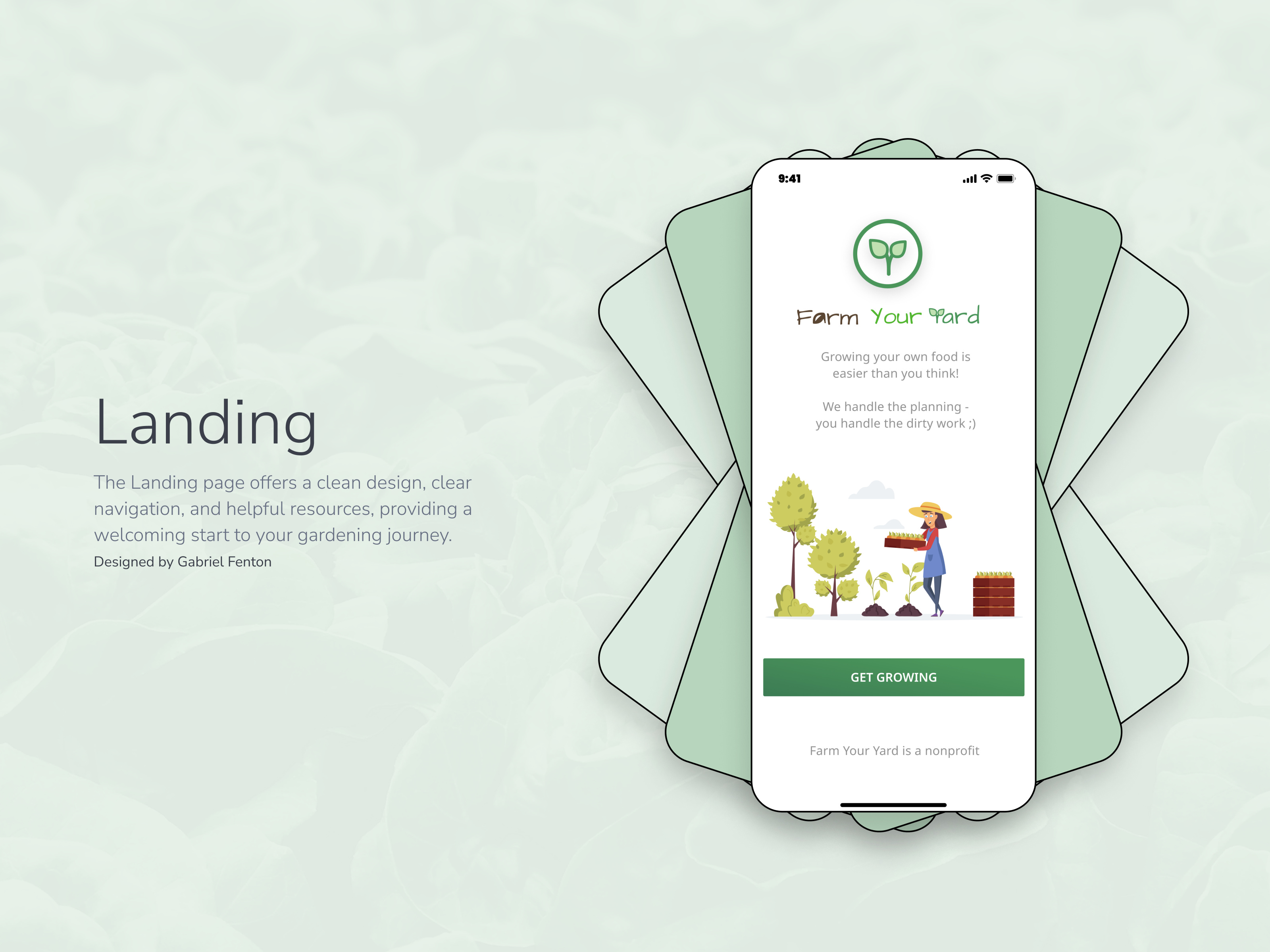


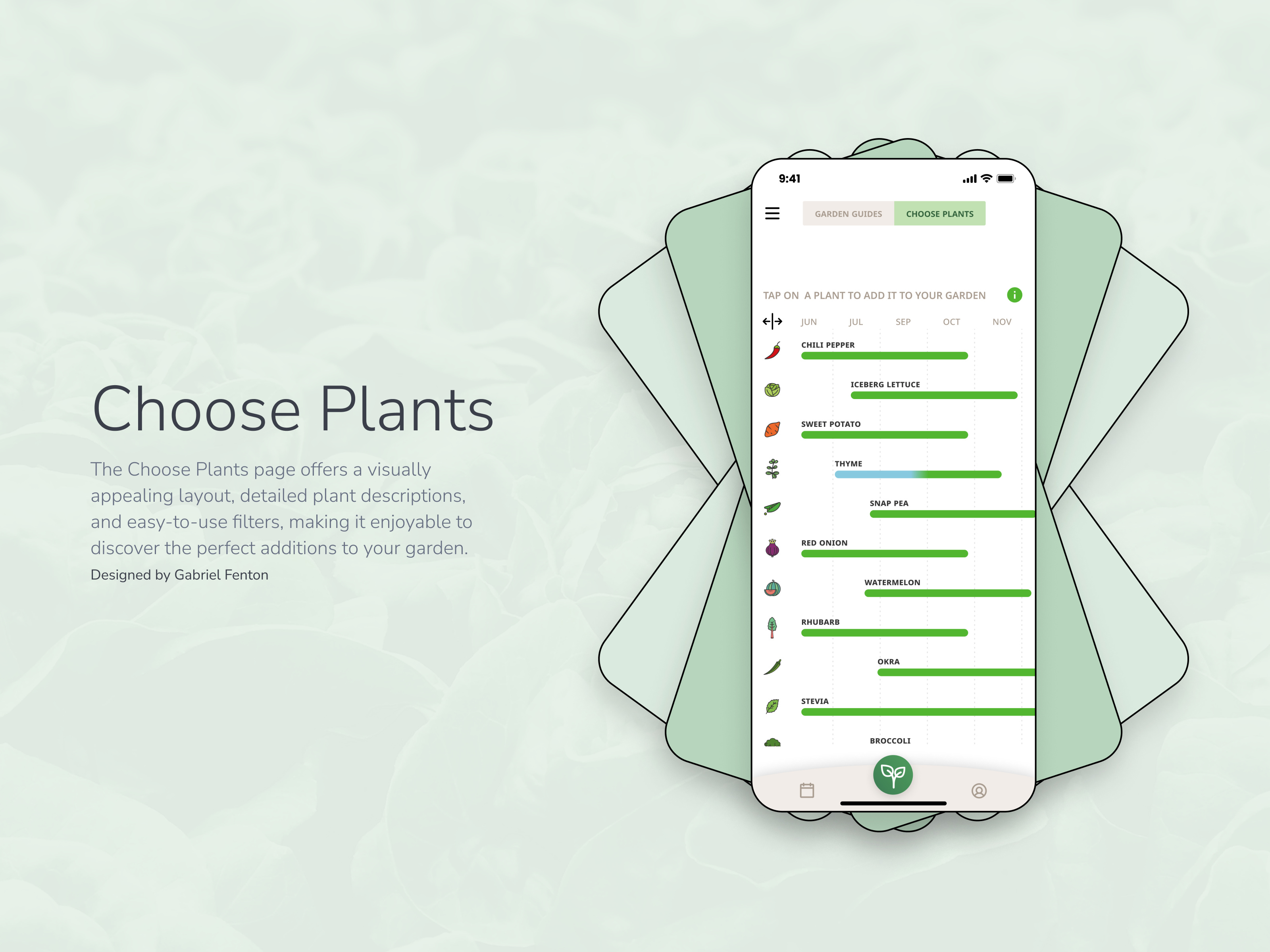

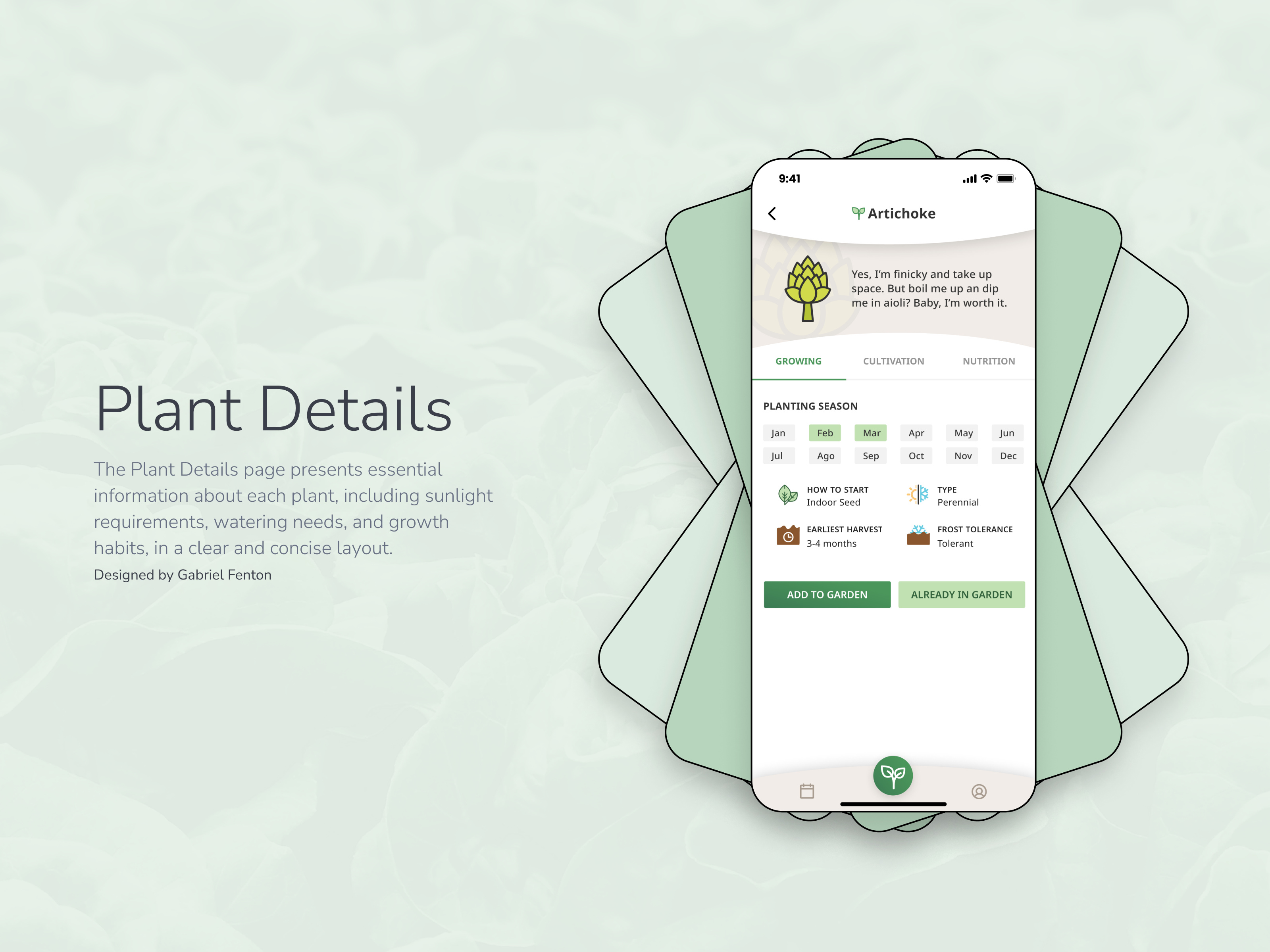

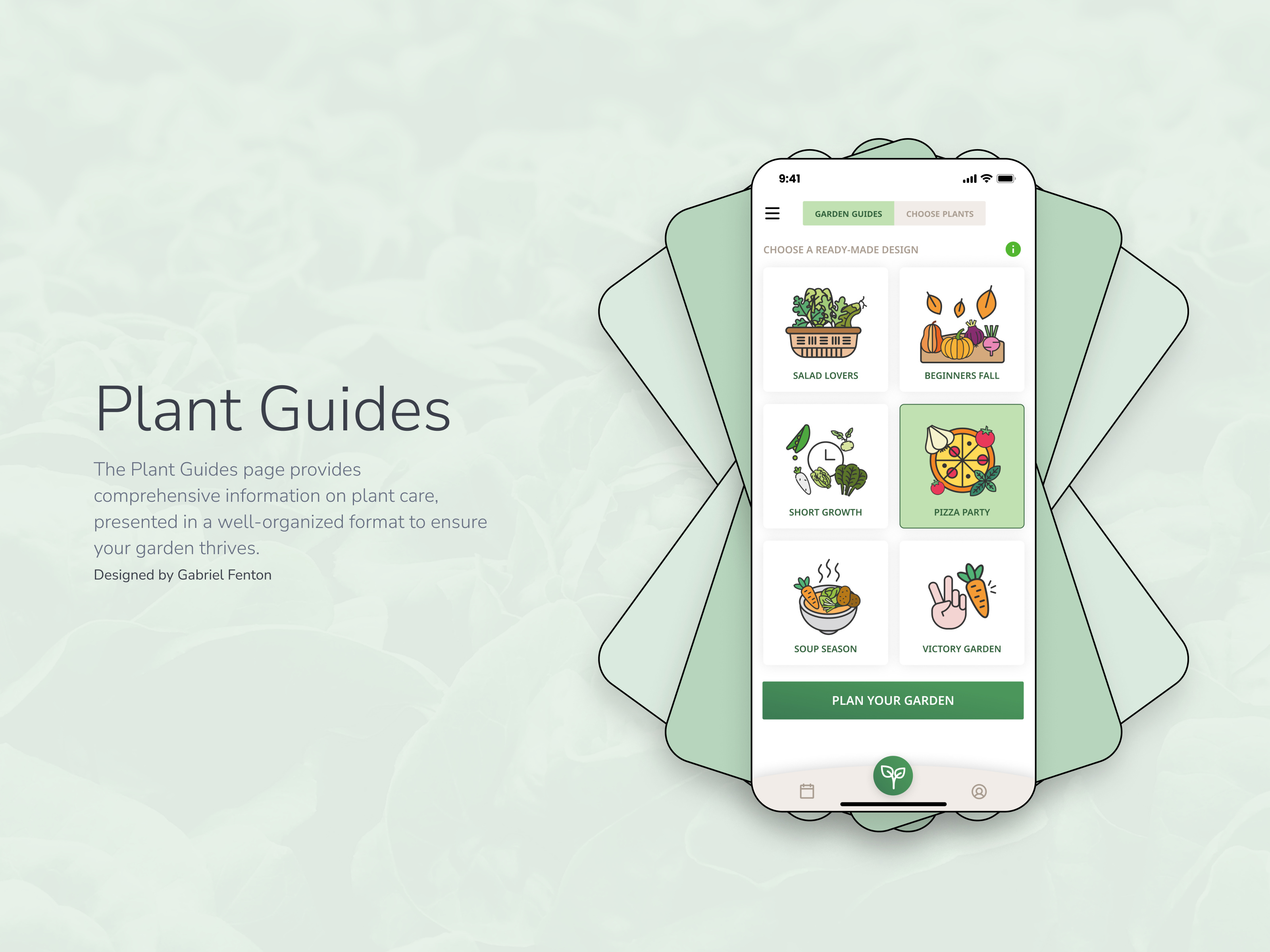
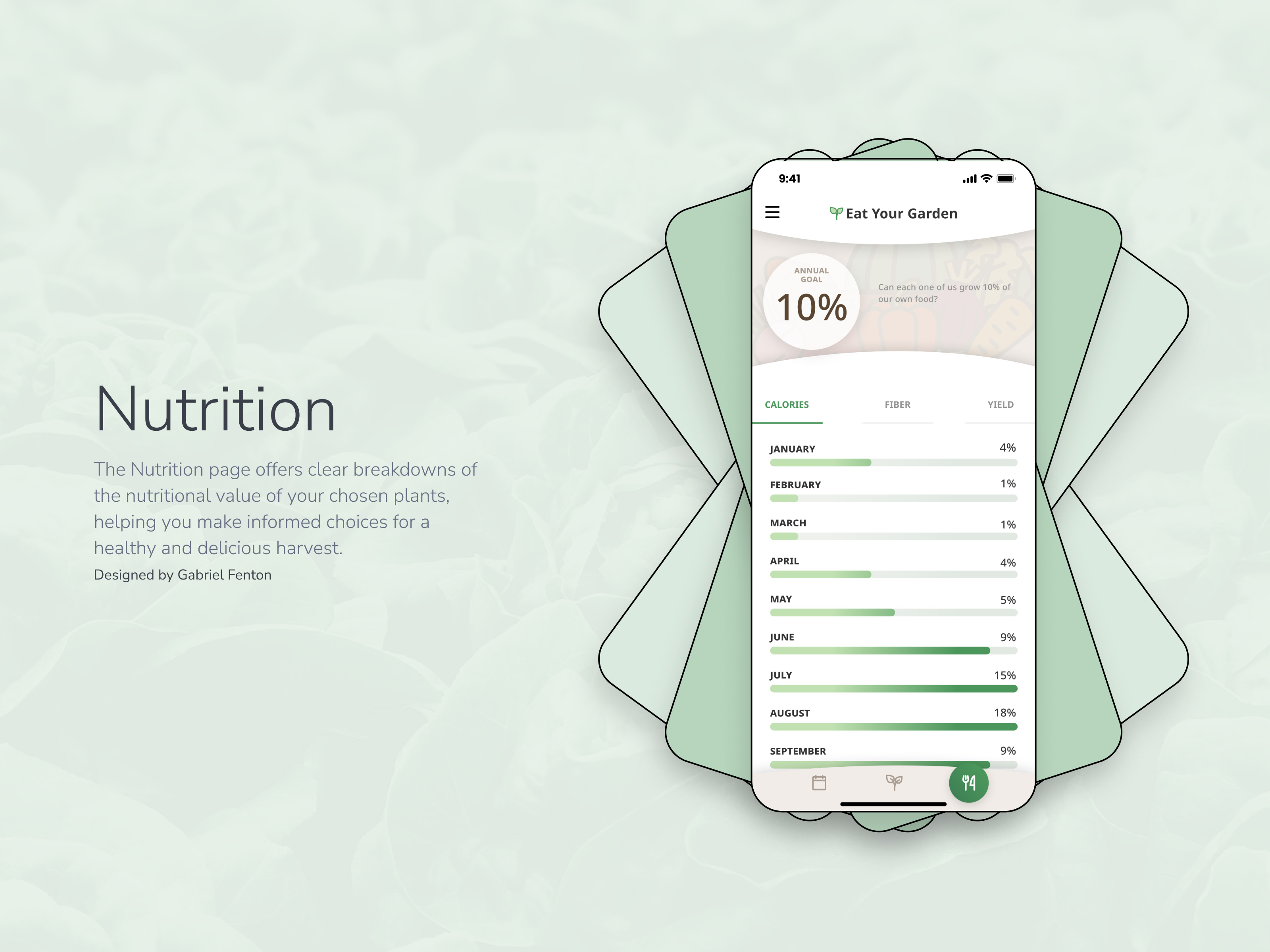
My Role & Responsibilities
End-to-End Product Leadership
Product Strategy
User Research & Design
Product Development
Community Building
Design Process
From Concept to Community
Research & Discovery
Understanding the Urban Agriculture Landscape
We conducted comprehensive research with homeowners, urban farmers, community gardens, and agricultural experts. Through 100+ interviews, we identified key barriers: access to land, legal concerns, lack of knowledge, and difficulty finding reliable partners.
Problem Definition
Defining Multi-Sided User Needs
We identified four primary user personas: The Interested Homeowner (has space, wants to contribute), The Urban Farmer (needs land access), The Community Gardener (seeks local connections), and The Sustainability Advocate (wants environmental impact). Each had unique motivations and concerns.
Platform Design
Creating Trust and Transparency
We designed a platform that prioritizes trust and transparency through detailed profiles, reference systems, and clear communication tools. The interface emphasizes community building with features for sharing progress, coordinating activities, and celebrating harvests together.
Development & Testing
Building for Community Scale
We built a scalable platform with robust matching algorithms, integrated mapping, and secure communication systems. The beta launch included 25 pilot partnerships across Seattle, allowing us to test and refine the platform based on real-world usage and feedback.
Community Launch
Growing the Network
Post-launch focus shifted to community building and organic growth. We partnered with local organizations, created educational workshops, and developed a referral system that encouraged existing users to bring in neighbors and friends, creating natural community clusters.
Key Features & Solutions
Connecting Communities Through Sustainable Agriculture
Intelligent Yard Matching
Advanced algorithm matches homeowners with farmers based on location, yard conditions, farming goals, and personal preferences for optimal partnerships.
Collaborative Project Tools
Integrated tools for planning seasons, tracking progress, scheduling activities, and sharing updates between yard owners and farmers throughout the growing cycle.
Built-in Legal Protection
Comprehensive contract templates and legal frameworks protect both parties while establishing clear expectations for responsibilities, harvests, and conflict resolution.
Community Learning Hub
Educational resources, seasonal guides, best practices, and community forums help users succeed while building connections with other local farming partnerships.
Results & Impact
Measurable Community and Environmental Impact
Community Growth
Environmental Impact
User Experience
Key Learnings
Insights from Building a Community Platform
Trust is the Foundation of Marketplaces
Building trust between strangers sharing personal space requires careful design. We learned that detailed profiles, verification systems, and community guidelines are essential for user comfort and safety.
Education Drives Adoption
Many potential users lacked gardening knowledge or confidence. Investing in educational content and mentorship programs significantly improved user success rates and platform retention.
Local Community Matters More Than Scale
We discovered that dense local networks were more valuable than broad geographic coverage. Focusing on building strong communities in specific neighborhoods led to better outcomes than spreading too thin.
Seasonal Patterns Drive Usage
Agriculture's seasonal nature required flexible platform design. We learned to adapt features and communications to match planting, growing, and harvest cycles for maximum engagement.
User Testimonials
Stories from Our Community
Gabriel was a professional from the get-go. He impressed us during the hiring process and continued to impress us during the project. His ability to get requirements from us, and his detail oriented nature is an asset to any project. We would hire Gabriel again for similar requirements. Thank You Gabriel!!
Interested in Sustainable Innovation?
Let's explore how thoughtful product design can create positive environmental and community impact while building successful businesses.
